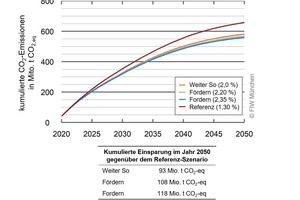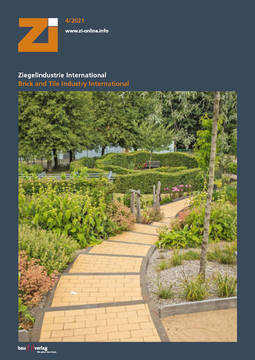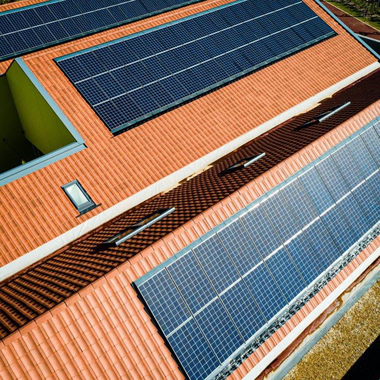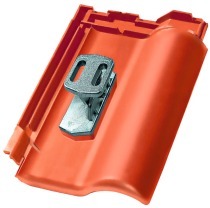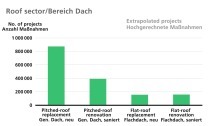Combined funding for solar power systems and energy optimized roofs
A new study conducted by the Forschungsinstitut für Wärmeschutz (FIW), a thermal insulation research institute based in Munich, has revealed: Up to 116 mill. tonnes CO2 can be saved In existing buildings, while power generation from renewable energy sources on roof surfaces can be significantly increased at the same time. Precondition would be the systematic utilization of the leverage of targeted funding for PV or solar thermal systems in combination with roof refurbishment. The study was commissioned by the Federal Association of the German Brick and Tile Industry (BVZi) and the Central Association of the German Roofing Trade (ZVDH). Back in 2018, the FIW established that more than ten million roofs are inadequately insulated. With the full refurbishment of these roof surfaces by 2050, the CO2 emissions in the buildings sector could be lowered by 25 %. This would correspond to a roof refurbishment rate of 2.5 to 3.0 %, that is double the current rate.
In the current study, the FIW has postulated three scenarios: In the reference scenario (“carrying on as before”) would it be hardly possible to achieve the climate goals for the buildings sector. In the second scenario (“funding”) it is postulated that with targeted funding schemes, the percentage of energetic refurbishment plus installation of PV modules is tripled to 60 %. In an ideal third scenario (“challenging”), installation of PV systems would only be permitted on roofs with an adequate energy standard. In this scenario, a total of 116 million tonnes CO2-equivalents would be saved by the year 2050.
Using the leverage effect
Dr Matthias Frederichs, BVZi Secretary General: “To create tangible incentives, 20 % funding for the building envelope plus another 25 % for the simultaneous installation of a solar power system should be merged. A total of 45-% funding for these combined measures seems reasonable to us to optimally utilize the much greater leverage for saving CO2 emissions with the simultaneous generation of climate-neutral electricity. Here, the soon-to-be-elected new German government should work quickly to ensure an unbureaucratic funding landscape and launch a ‘One Million Roofs Refurbishment Scheme’ for the first 100 days.”

